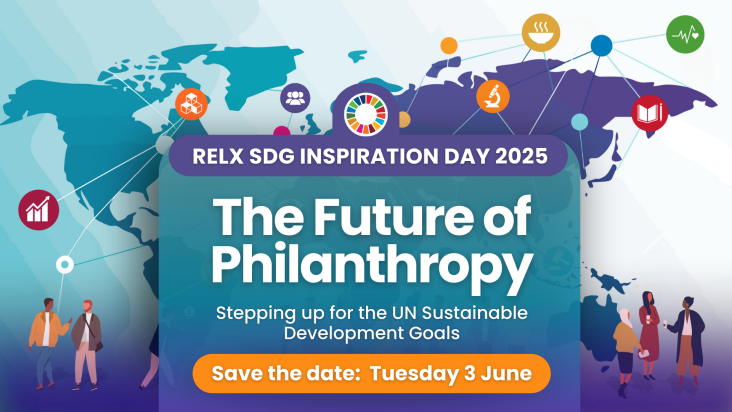Engaging in philanthropic activities is being pursued by many well-established supply chains.

RELX SDG Inspiration Day 2025
The Future of Philanthropy: Stepping up for the United Nations Sustainable Development Goals

Corporate Responsibility (CR) starts with the positive impact RELX has on society through our products and services.
Handbook on New Paradigms in Smart Charging for E-Mobility, Global Trends, Policies, and Practices, 2025, Pages 3-52
María F. Manobanda-Lisintuña, Cristina A. Villamar-Ayala,
Carbon and water footprints within an environmental laboratory: Water, energy, and packaging management strategies,
Green Analytical Chemistry,
Volume 13,
2025,
100243,
ISSN 2772-5774,
https://doi.org/10.1016/j.greeac.2025.100243.
Also in laboratories we should be critical about the amount of water, energy, and resources used. There is room for increasing efficiency and better mangement there as well. The objective of this study is to evaluate the carbon and water footprints present in an environmental laboratory..

